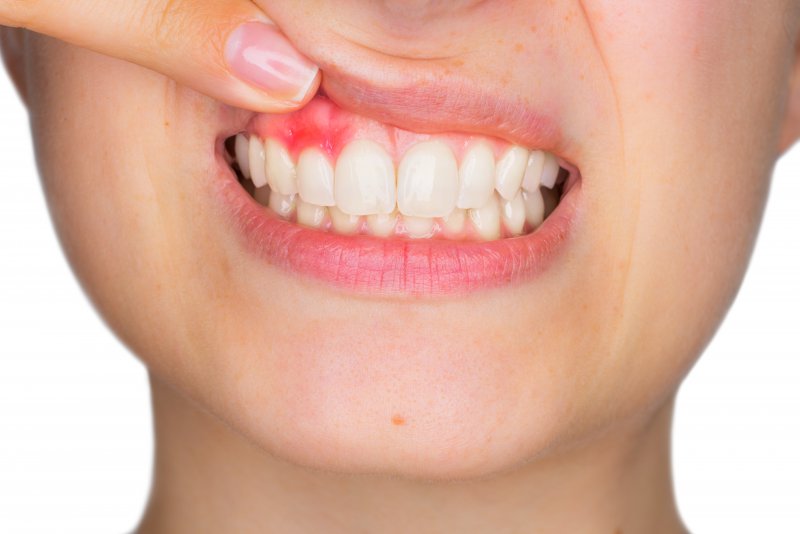Tackle Advanced Bacteria Growth with Gum Disease Therapy!
April 10, 2019
While the data varies on the actual percentage, one thing is for sure – the majority of adult Americans suffers from some form of gum disease. This has major implications given the links that have been found between the disease and the development of life-threatening conditions like oral cancer, heart disease, stroke and Alzheimer’s disease. How can the problem be treated so these issues can be avoided? Read on to find out about the benefits of receiving gum disease therapy.
The Origin of Gum Disease
The main antagonists to your oral health are bacteria. These microorganisms can join together over time to form a super-structure called plaque, which is a clear, sticky substance that clings to the teeth and eventually rests along the gum line.
If not removed, the plaque can work its way beneath the gums to form germ pockets and inflammation. This is the initial stage of gum disease called gingivitis.
As Gum Disease Advances
Without being treated, bacteria won’t stop moving, and they can cause permanent damage to the ligaments, tendons and bone that lay beneath the gum line. If not addressed in time, this can eventually result in tooth loss.
The more advanced form of gum disease is called periodontitis, and at this stage, it won’t suffice to simply make changes to your oral hygiene routine and food and beverage consumption. Thus, your dentist may suggest a procedure called a scaling and root planing (also known as a deep cleaning) along with the use of antibiotics.
The following outlines how each process works:
- Scaling – This part of the procedure involves your dentist removing bacteria beneath the gum line.
- Root Planing – Then, the roots of the affected teeth are smoothed, which makes it harder for any new bacteria to gather.
- Antibiotic Therapy – Along with performing a deep cleaning, antibiotic therapy may be administered. Your dentist will apply a medication called Arestin beneath the gums to kill any remaining bacteria.
Why It’s Important to Take Action Now
If you’ve noticed your gums bleeding, increased tenderness, puffiness, red spots or chronically-bad breath, it’s a potential warning sign of gum disease. It’s important to take action because with proper care, you can avoid some of the more complex forms of treatment and the life-threatening side effects that can develop.
Keep in mind that you don’t have to wait until you notice any symptoms of gum disease to visit your dentist. Instead, take advantage of the free preventive care made available with your dental insurance, and contact your local dentist to schedule an appointment today!
About the Author
Since earning her dental degree from Baylor College of Dentistry over 20 years ago, Dr. Bita Kamali has been on a quest to provide the absolute best in dental care. She takes a unique approach to practicing dentistry, which includes fusing passion, empathy and expertise to allow her patients to experience excellent oral health. Dr. Kamali provides preventive care and treatment for gum disease at Parkway Vista Dental, and she can be reached for more information through her website.
 Designing Beautiful Smiles
Designing Beautiful Smiles